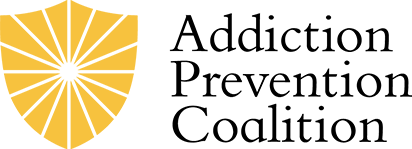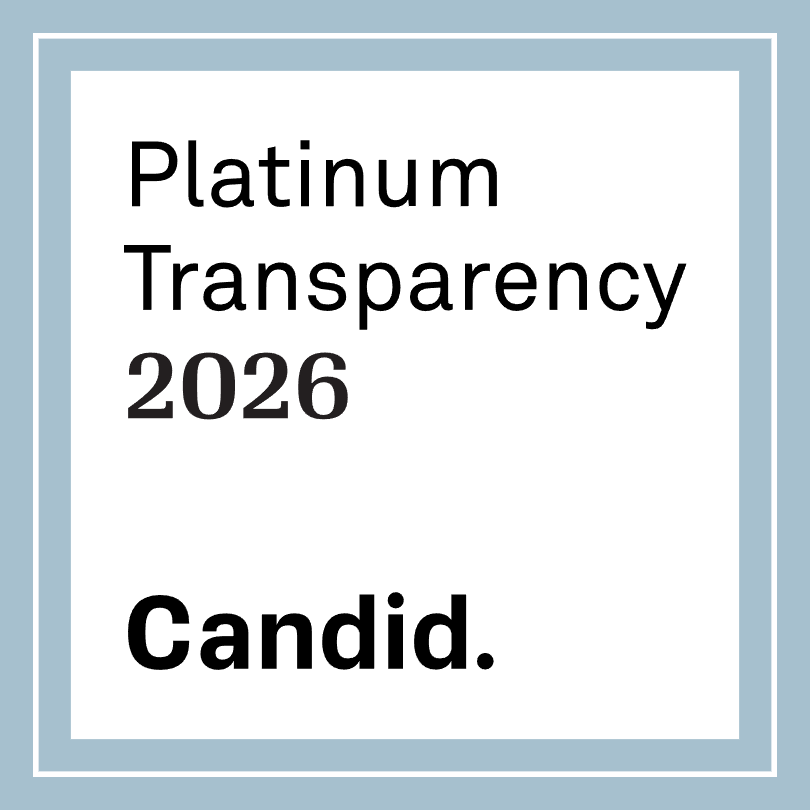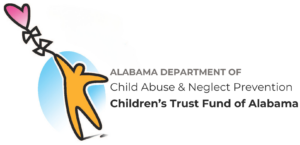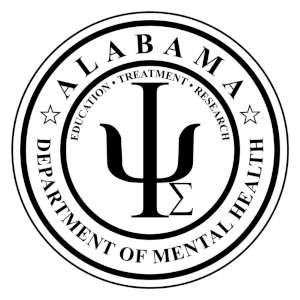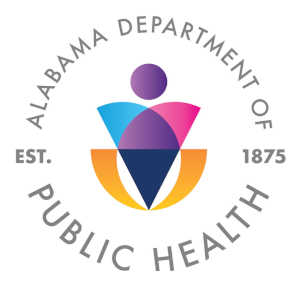Fentanyl is an incredibly powerful and addictive opioid drug. It is so powerful that it is estimated to be 50 times stronger than heroin and 100 times stronger than morphine.[1]
The Centers for Disease Control (CDC) recognizes two primary types of fentanyl:
- Pharmaceutical fentanyl – Fentanyl that is manufactured by regulated pharmaceutical companies and is used to manage severe pain in opioid-tolerant patients or after surgery. This kind of fentanyl comes in many different forms, including a transdermal patch, nasal spray, lozenges, and more.
- Illicitly manufactured fentanyl (IMF) – IMF is fentanyl that is produced clandestinely, often at overseas laboratories before being smuggled into the U.S. This type of fentanyl initially comes in the form of a fine white powder and is the type of fentanyl that is responsible for most synthetic opioid overdose deaths today.
Illicit fentanyl, in its purest form, appears as a fine white powder. It is odorless and tasteless, making it difficult to detect. However, fentanyl is often found in other drugs, including heroin, counterfeit prescription painkillers, cocaine, and fake Xanax pills. Users of these drugs are often unaware that their substances contain fentanyl, so they end up experiencing an overdose.
Some people, particularly those who have developed a tolerance to strong opioids like oxycodone or heroin, deliberately seek out fentanyl to abuse. One-way dealers and manufacturers have managed to engineer and sell fentanyl is by pressing it into colorful pills, usually pills that look like other commonly abused pills. These colorful fentanyl pills are known as rainbow fentanyl.
What is Rainbow Fentanyl?
The trend of rainbow fentanyl took media outlets by storm just before Halloween, with some claiming that dealers were giving out colorful pills or candies that contain fentanyl to trick-or-treaters. This myth was widely debunked, but rainbow fentanyl, or the artificially colored pressed pills containing fentanyl, is a very real thing.
Rainbow fentanyl looks like skittles, candy, chalk, or even colorful MDMA pills. According to an article by NPR, street drug experts say drug traffickers have used bright colors in their products for a long time–usually for reasons that have nothing to do with children. One researcher from the Drug Policy Alliance told NPR that dealers use colors, stamps, and other markers “to distinguish their product from other products on the street.”[2] Experts claim that many of these pills are blue in color, but all colors have been seen.
Giving fentanyl pills to young children is extremely risky. The drug is so potent and deadly, and the legal consequences of dealing drugs to kids are some of the most severe. Plus, kids don’t have money, and dealers want to make money.
Hiding fentanyl in something that looks like candy or sidewalk chalk can also make it easier for traffickers to smuggle their drugs past the authorities without detection. Border control and TSA are less likely to search a container of sidewalk chalk or bags of skittles than they are a mysterious, fine powder.
The Rise in Fake “M30s” or “Dirty Oxys”
Many pressed fentanyl pills take on the appearance and markings of pharmaceutical-grade pills. They are often designed to look like existing opioids that don’t contain fentanyl, such as oxycodone 30mg pills.
Oxycodone 30mg pills are round, blue, and have the marking “30” on one side and “M” on the other. These pills are often referred to by drug dealers and opioid users as “blues,” “Perc 30s,” or “M30s.” They are some of the most highly sought-after prescription opioids by opioid users because they are potent and can be crushed and snorted to produce a strong high.
Reports from 2020 and 2021 indicate an increase in fake M30 pills that contain fentanyl instead of oxycodone.[3] These counterfeit pills, often called “blues” or “dirty oxys” are even more dangerous than the real thing. This is because users think they are taking oxycodone–they don’t know they are taking fentanyl.
In a study published in the Harm Reduction Journal, a woman with a history of illicit prescription opioid and heroin abuse described her experience. She said, “Well, they say it’s fentanyl, but they honestly look like Perc 30 s because…when I was doing Perc 30 s they looked exactly the same. and it; says 30 on it.”
Another individual participating in the same study claimed, “They are everywhere…They’re flooding the market so much that the pills are getting cheaper to buy.”
Someone who would normally take one or two oxycodone 30mg pills at one time may take two counterfeit pills, not knowing they contain fentanyl, and experience a life-threatening overdose.
Protecting Yourself Against Rainbow Fentanyl and Other Counterfeit Opioids
Today, it’s impossible to buy prescription drugs on the street and know what is in them. DEA laboratory testing has revealed that 60% of fentanyl-laced fake prescription pills that were analyzed in 2022 contained a potentially lethal dose of fentanyl–a 20% increase from 2021.[4]
Even if you aren’t abusing opioids, any prescription pill that you buy off the street could contain fentanyl, so it’s important to know how to protect yourself. You should take the following precautions if you experiment with or use drugs.
- Get fentanyl test strips and test your drugs for the presence of fentanyl
- Never use drugs alone
- Always carry naloxone (Narcan) with you
In the end, the only way to avoid fentanyl is to only take medications that are prescribed to you by your doctor.
References:

